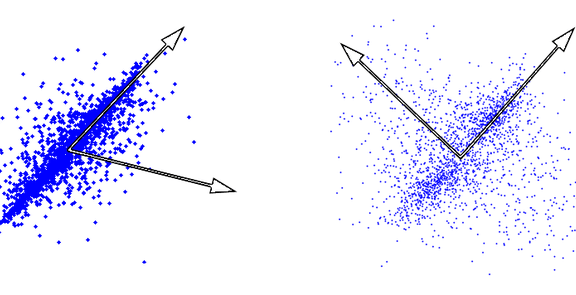Learning Feature Representations with K-means

Many algorithms are available to learn deep hierarchies of features from unlabeled data, especially images. In many cases, these algorithms involve multi-layered networks of features (e.g., neural net- works) that are sometimes tricky to train and tune and are difficult to scale up to many machines effectively. Recently, it has been found that K-means clustering can be used as a fast alternative training method. The main advantage of this approach is that it is very fast and easily implemented at large scale. On the other hand, employing this method in practice is not completely trivial: K-means has several limitations, and care must be taken to combine the right ingredients to get the system to work well. This chapter will summarize recent results and technical tricks that are needed to make effective use of K-means clustering for learning large-scale representations of images. We will also connect these results to other well-known algorithms to make clear when K-means can be most useful and convey intuitions about its behavior that are useful for debugging and engineering new systems.